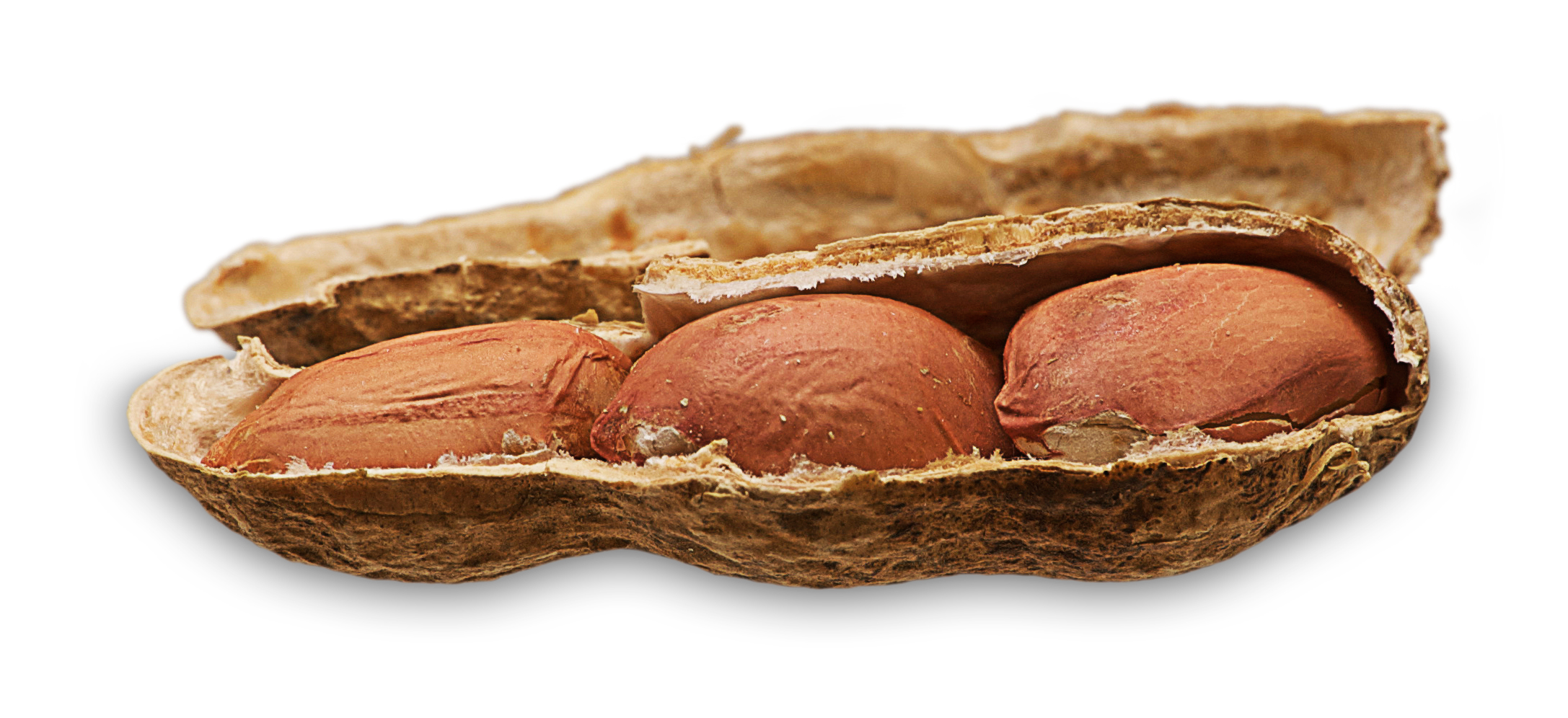This does not make any sense
Based on John 3:1-17 & Exodus 3:1-15
When I was in the Sixth Form – or Year 12 as it is
now called – our mathematics teacher introduced us to calculus. And while I
had more or less coped with mathematics up until then, over the course of
just one lesson, mathematics became like a foreign language that no longer
made any sense to me. In previous years, I had managed to get my head around
things like algebra, trigonometry, and imaginary numbers. But calculus might
as well have come from another universe.
I remembered this incident
from more than 40 years ago while I was reflecting on tonight’s Newer
Testament Lesson from the Gospel according to St John. Nicodemus goes to
Jesus with some questions.
I am not going to dwell on the conversation that
Jesus has with Nicodemus, other than to say it is a somewhat enigmatic
discussion about the relationship between humankind, God, and something
Jesus refers to as ‘the Spirit’. Poor old Nicodemus probably wishes he had
never asked.
But today is a day when we can ask such questions.
Because today is Trinity Sunday, a day that many preachers dread. Even
though the consequences of accidental heresy in your homily are not as
severe as they once were, today is still a day many preachers try to evade.
And who can really blame them?
The Trinity is arguably the most difficult doctrine
of the Church to explain. The Resurrection and Ascension may be impossible
to accept for someone who doesn’t believe them in the first place, but at
least the concepts are quite easy to understand; Jesus rises from the dead,
and Jesus ascends into heaven, respectively. But it’s hard to know where to
begin when trying to describe the Trinity.
Tertullian, a second and third century Church
leader, who has been called the “founder of Western theology”, gave us the
word trinitas, from which we
derive Trinity. He was one of the key contributors to the doctrine of the
Trinity, although it would be further refined by other theologians, notably
Athanasius.
Tertullian was not the first person we know to have
described God as being triune in nature; that was
Theophilus of Antioch, who
wrote of God, his Word (or Logos),
and his Wisdom (or Sophia) around
170 CE. [1] The Word is of course Jesus the Christ, while the
personification of wisdom was a recurring theme in Older Testament theology.
And interestingly, Wisdom was considered to be female, showing the Jews
acknowledged that God had both masculine and feminine attributes. But I
digress.
However, Tertullian was the first to conceptualise
the Trinity in the form we try to understand today, proposing
the Trinity comprised three
separate personae of one
substantia. [2]
While it would be easy to say he meant three persons
of one substance, that would be misleading. By
personae, Tertullian did not mean persons, but something closer to
the masks or roles of an actor, and by
substantia, he meant their essence, or that which they have in common.
The three
personae are traditionally named as the Father, Son, and Holy Spirit,
although I personally prefer to use terms are not gender specific, such as
Creator, Redeemer, and life-giving Spirit, because while the human form of
Jesus was obviously a biological male, I believe God transcends our
understanding of gender. But that’s a discussion for another day.
The word Trinity occurs nowhere in the Bible, however
there are places where all three personae of the Trinity appear
together, such as at the baptism
of Jesus, when:
…
the heaven was opened, 22and the Holy Spirit descended upon him in bodily
form like a dove. And a voice came from heaven, ‘You are my Son, the
Beloved; with you I am well pleased.’
[3]
Jesus later commands his apostles to:
Go therefore and make
disciples of all nations, baptizing them in the name of the Father and of
the Son and of the Holy Spirit. [4]
And St Paul signs off his final letter to the
Corinthians with the words we have come to know as ‘The Grace’:
The grace of the Lord Jesus
Christ, the love of God, and the fellowship of the Holy Spirit be with you
all. [5]
Denominations of the Church vary on their views on
the relationship between the personae. (This is called
perichoresis if you want to know the Greek word for it.) And there has
been much theological reflection and debate about which personae have
done and do what. But I would be going to get into some very deep territory
if I were to go down that particular rabbit hole today.
So how do we actually try to explain the Trinity? (I
am using the traditional language today, for no reason other than
familiarity.) The Father is not the Son, the Son is not the Holy Spirit, and
the Holy Spirit is not the Father. But all three are God, each one is God,
and yet there is still only one God. This does not make any sense
whatsoever. So preachers tasked with explaining the Trinity often resort to
analogies.
A common one is that the Trinity is like water. Water has three states:
ice, liquid water, and steam. No matter what state it is in, it is still
water. But this is problematic, because water can only be in one state at
once. So while this model explains the unity of the Trinity, it does not
illustrate how the Trinity comprises three distinct
personae at the same time. There
is a word for this: modalism.
Another common analogy is that the Trinity is a like a shamrock: three
leaves, but one leaf. Or like an egg: a shell, a white, and a yolk, but one
egg. Or like an apple: peel, flesh, and the core, but one apple. Pope
Francis even once used a fidget spinner a few years ago when these toys were
in vogue. But such models are also problematic, and for the exact opposite
reason to the water analogy. While these models explain how the Trinity
comprises three distinct personae,
they do not explain the unity of the Trinity. And there is a word for this
as well: Tritheism.
Most other analogies for the Trinity I have heard suffer from one or the
other of these two problems.
However, I encountered one recently that didn’t, and that was that the
Trinity was like sunlight: the Father is like the Sun, the Son is like the
light rays that visibly reveal the Sun, just as Jesus is the visible image
of the invisible God, which St Paul refers to in his Letter to the
Colossians [6],
and the Holy Spirit is like the warmth the Sun produces,
which we cannot see but can feel.
But guess what? This analogy also has a problem. This analogy makes the
Sun superior to and creator of the others instead of them being equal and
co-eternal. And, of course, there is a word
for this as well, Arianism,
which competed with Trinitarianism in a major controversy in the Church in
the 4th Century CE.
I have also encountered various other attempts at explanations over the
years, but all of them ultimately fell short. Every single one of them.
Quite simply, there is no good analogy for the Trinity.
I feel art generally does a better of job, which makes sense, given that
pictures can generally be more abstract than words. The Eastern Orthodox
Church in particular has created some deeply transcendent icons that seem to
portray the paradoxical nature of the Trinity in ways that words can’t.
And the Western Church has designed some symbols that try to explain the
Trinity, some of which work better than others. My absolute favourite is the
three hares, a representation of which is pinned on the altar.
If you look closely, you will see that the three hares only have three
ears between them instead of the six you would expect. Each hare shares an
ear with each of the other hares. The hares are distinct and cannot be
confused with each other, yet together they comprise a unity that cannot be
divided. I like this symbol so much I have it tattooed on me.

But none of these symbols, not even the three hares, quite
explains everything. They may capture a glimmer of the dynamics of the
divine, but none of them seem to quite get there.
So where does this leave us?
I believe that the best way to talk about the Trinity is to simply say
that there is a divine entity, which we call God, which eternally exists in
different expressions of the divine. These expressions are all equally
divine and while they may each be unique expressions of divinity, together
they comprise one divine unity. In Christianity, we call this the Trinity or
the three in one.
And that is about as much as I am going to be able understand in this
life. I would have a better chance of getting my head around calculus.
But I want to leave you with this thought. I believe that the concept of
the Trinity can help us to understand
that experiences of God that people of other faith traditions and even no
faith tradition at all have are as valid for them as ours for us.
In our Older Testament Lesson from the Book of Exodus, we heard the story
of Moses encountering God in the form of a burning bush. People can
encounter the divine in many different ways, in contexts that may make sense
to them but not to us. Just like our experiences and understanding of God
may not make sense to them.
So let us we acknowledge our humanity and our inability to grasp those
things that we cannot understand in this life and let us celebrate our
fragmented understanding of the Trinity as the best explanation of the
nature of God that we have come up with so far.
Darryl Ward
12 June 2022
1
Theophilus of Antioch (circa 170 CE)
Apology to Autolycus
2
Tertullian (circa 213 CE)
Adversus Praxeam
3
Luke 3:21b-22
4
Matthew 28:19
5
2 Corinthians 13:13 (GNT)
6
Colossians 1:15
All Bible references are from the New Revised Standard Version (NRSV) unless
stated otherwise.